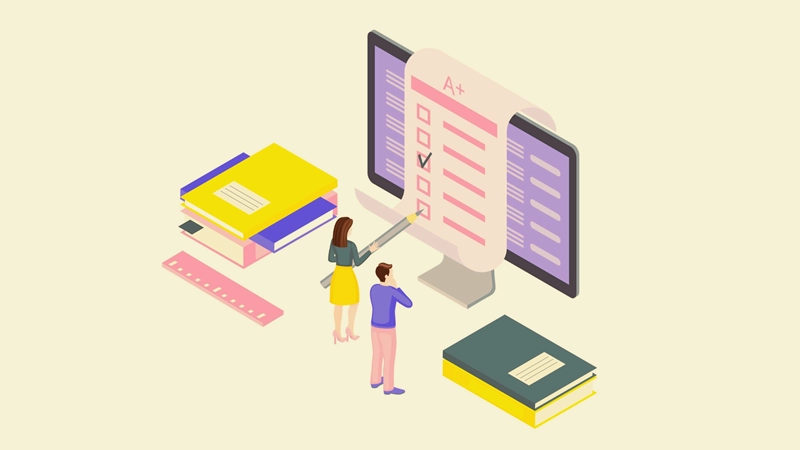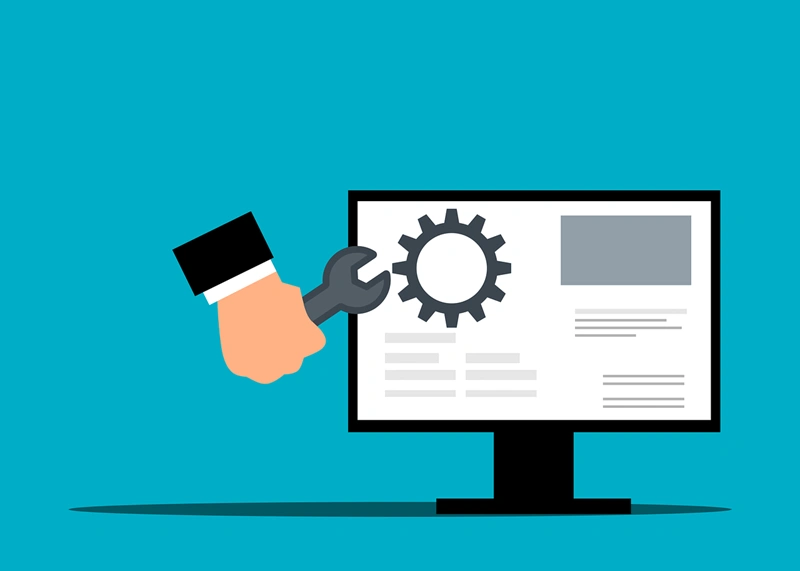The rise of AI-assisted coding has fuelled predictions about the end of software as a service (SaaS). Business Insider reports that Replit CEO Amjad Masad has spoken about “vibe coding” — building apps in an afternoon using natural language prompts.
Stories of non-technical users creating functional products for minimal cost have resulted in claims that SaaS will soon be obsolete. However, the reality is far more complex. Here, Craig Cook, principal consultant at software engineering expert Catapult, explains why AI is unlikely to replace SaaS and how it will instead strengthen the value these platforms deliver.
If you’ve been following the latest AI chatter, you’ve probably seen stories claiming that generative AI will make SaaS redundant. The idea goes something like this: why pay for software when you can just tell AI to “build me an app” and have it done in the afternoon?
Some technology leaders have even hinted that their platforms could make entire categories of SaaS obsolete. In a recent podcast, Microsoft CEO Satya Nadella suggested that AI agents could replace SaaS altogether.
It’s an attention-grabbing idea, but it’s also based on a fundamental misunderstanding of how software is built, run and used in the real world. In practice, AI isn’t going to wipe out SaaS companies. It’s more likely to strengthen them.
The Digital Skills Gap: Why AI Won’t Replace SaaS
One of the biggest assumptions behind the “SaaS is dead” theory is that AI lowers the barrier to entry for software building to the point where anyone can do it. In reality, creating usable, reliable software still requires skills and knowledge that most people don’t have.
If you’ve ever tried to help your parents join a Zoom call or watched someone fill out an online tax form, you’ll know that digital competency among the general population is mixed.
Government research backs this up, with a 2024 House of Commons Library briefing. It revealed that around 18 per cent of UK adults — roughly 7.5 million people — lack the essential digital skills needed for day-to-day tasks.
Those confidently claiming they will use AI to build their own SaaS alternatives are usually from the technology industry. They understand the terminology, know how to describe what they want and can spot incorrect outputs. However, for the average person, “vibe coding” an app into existence is no more realistic than building their own car.
Why AI Can’t Replicate Mature SaaS Platforms
Another common misconception is that AI can easily recreate sophisticated SaaS platforms. While it might be possible to use AI to piece together a basic calculator, a personal to-do list app or a rough prototype for a niche tool, SaaS products like Canva and Figma are the result of years of refinement by large, multidisciplinary teams.
They’re not just a collection of codes. They’re robust, scalable, secure systems with rich functionality and carefully refined user experiences. These products integrate dozens of complex capabilities — from real-time collaboration to advanced graphics rendering to AI-powered security checks — all stitched together in a way that works for millions of users worldwide.
You cannot conjure that level of detail and resilience from a few AI prompts. Even if you could generate a working clone, you would still face the more challenging problem — running it reliably, keeping it secure, maintaining compliance and continually improving it over time.
Building Software vs Running SaaS at Scale
This brings us to perhaps the biggest misunderstanding of all, the belief that building the software is the main cost. For people outside the industry, building software sounds like the extensive part. In reality, it’s just the beginning.
Running software at scale means keeping it secure from ever-evolving threats, applying patches and performing updates without breaking things. This is all before managing uptime, handling data storage, privacy and compliance and scaling infrastructure to meet demand without overspending.
These are exactly the things SaaS providers excel at. They have the teams, processes and infrastructure to make software reliable, safe and fast for every user. That’s why even companies with skilled developers often choose to buy SaaS rather than build in-house.
It is the classic buy-versus-build calculation. If the problem you are solving is not unique to your business and a proven, well-supported solution is already available, building your own can be ai waste of time and resources. AI does not change that equation.
AI will enhance SaaS, not replace it
Challenges SaaS solves beyond building software:
- Ongoing security patching
- Compliance and data governance
- Scaling infrastructure without downtime
- Continuous updates and user support
AI is already being embedded into SaaS products to make them more valuable. Many platforms use AI behind the scenes. For example, identity and access management provider Okta uses AI-driven threat protection to monitor user behaviour, device and network connections. It detects anomalies like unusual login locations or patterns, helping to protect accounts while keeping the login experience seamless for genuine users.
We’re likely to see more of this: SaaS providers swapping out parts of their architecture for AI-powered components, adding new features, speeding up workflows or improving accuracy. AI can make SaaS more efficient and competitive, but it does not remove the need for the SaaS model itself.
Yet it’s easy to see why the “AI will kill SaaS” narrative catches on. Generating a piece of code in seconds feels magical, and the leap from “I made this” to “I can replace a whole SaaS product” is tempting. Essentially, generative AI is remixing what’s already out there. It’s not inventing entirely new architectures or helping keep software alive.
The more realistic impact is that AI will help hobbyists and small teams experiment more cheaply, and it may push SaaS providers to sharpen their pricing or add new AI-driven features. That’s healthy competition, not an extinction event.
AI will change SaaS, just as cloud computing, mobile apps and APIs did before it. Some low-value or niche tools might get replaced by quick, AI-generated alternatives, but for the majority of use cases, SaaS will remain the go-to choice, especially those that demand reliability, scalability and security.
So yes, the death of SaaS has been greatly exaggerated. We’ll see AI-augmented SaaS products that are faster, smarter and more tailored to user needs, which is good news for customers and for the companies building them.
If AI alone were enough to replace it, we would already be doing it. Instead, the future is a partnership of AI and SaaS working together, delivering better software and services than neither could alone.
Ready to put AI to work in your business? Explore our AI Advisory services to align strategy, modernisation, and governance with real business value.
























